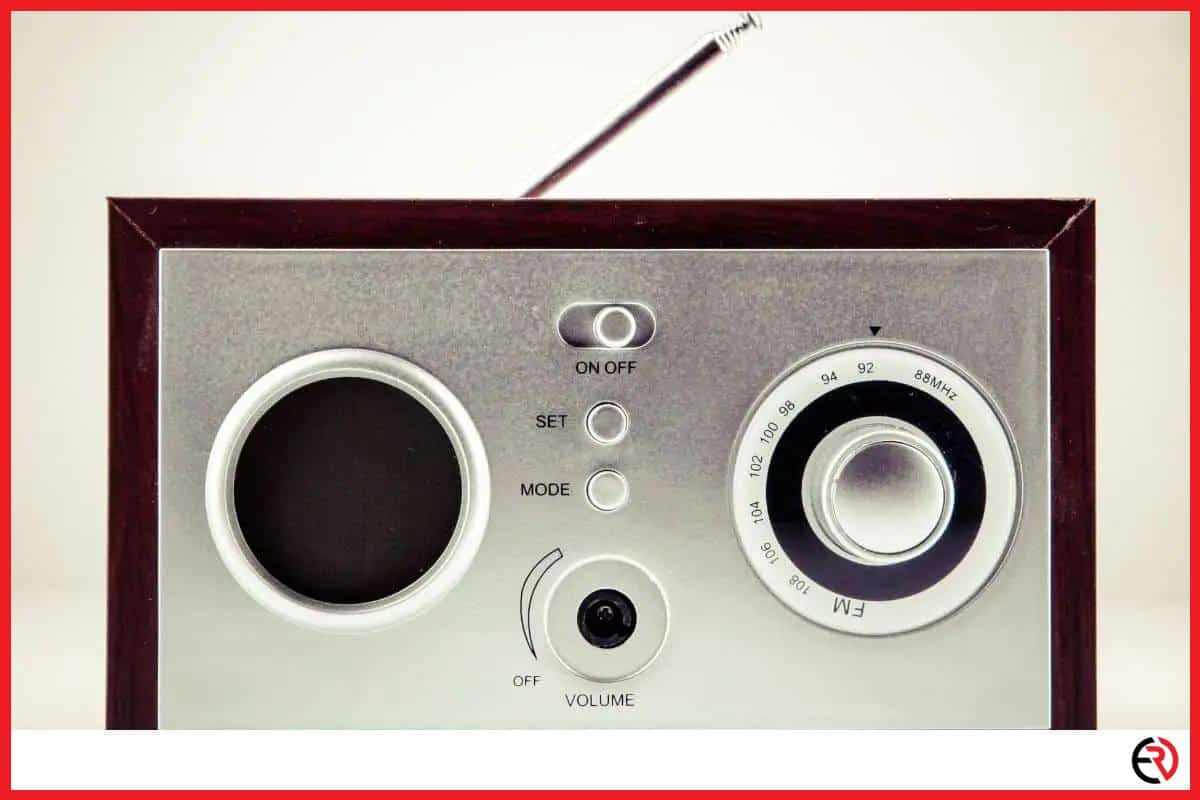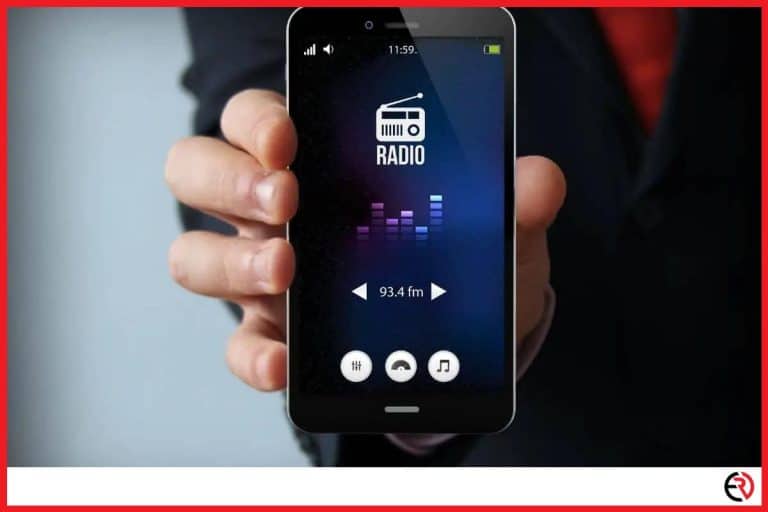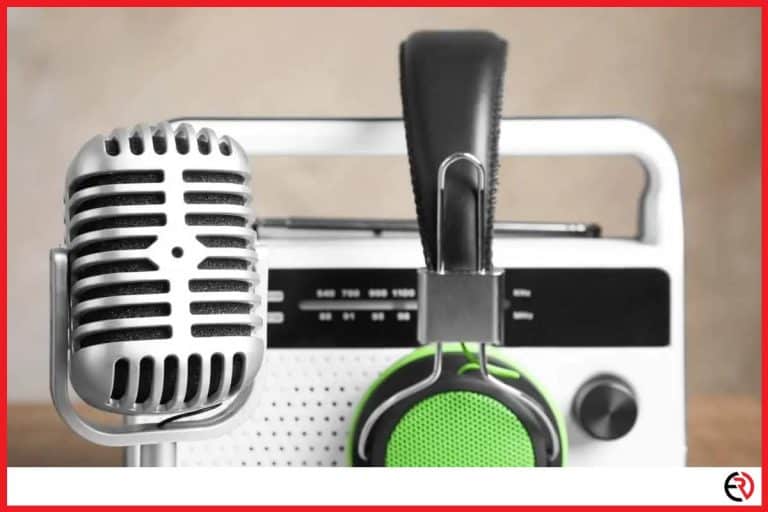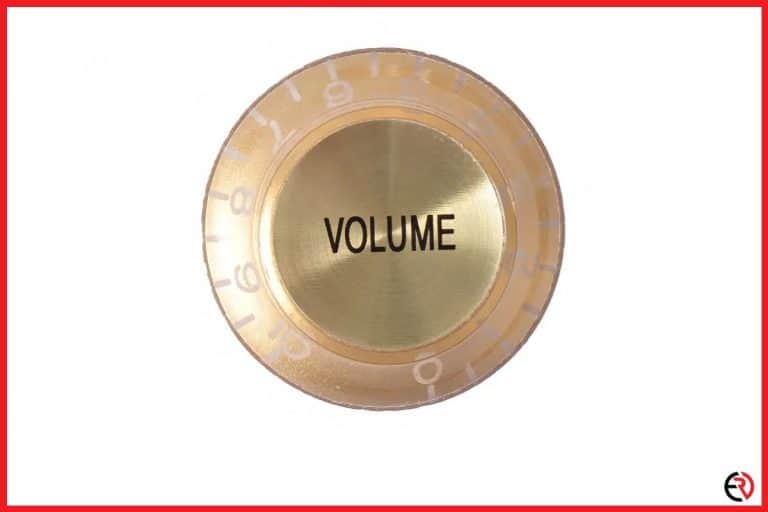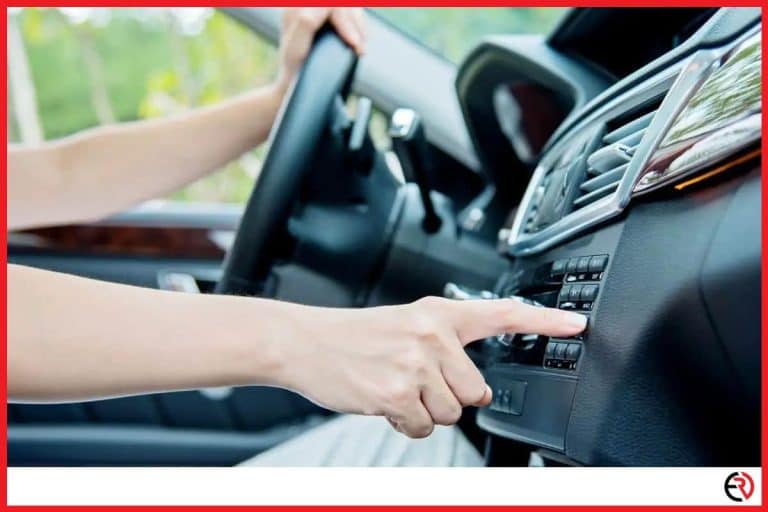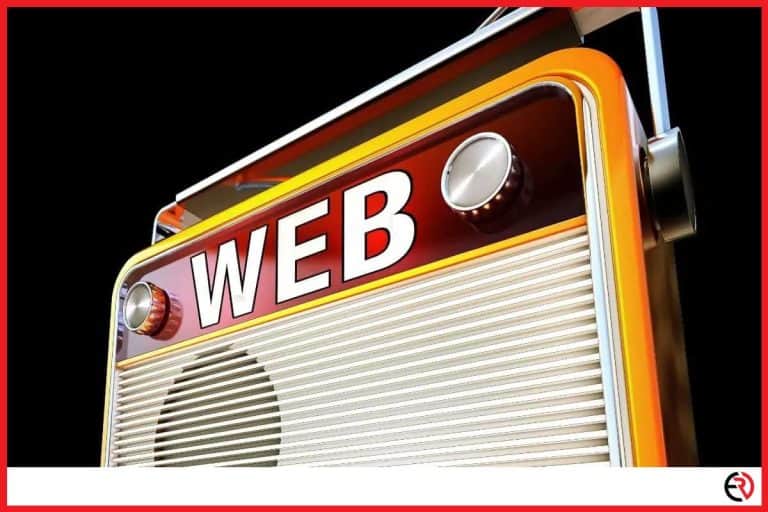Does HD Radio Sound Better Than FM?
This post may contain affiliate links which means that, if you choose to make a purchase, I may earn a small commission at no extra cost to you.
The last time I tuned into FM radio was during a camping trip. However, recently when my phone died while driving in the city I decided to tune into the radio and discovered an HD logo pop up beside the station. It also sounded different from traditional FM. I had to do some digging.
HD radio delivers much better sound quality compared to traditional FM radio since it transmits a digital signal over the same radio wave. Since it’s a digital signal it’s less susceptible to interference and delivers almost CD-quality sound.
Let’s dive deeper and check out how it works.
What is HD radio?
iBiquity developed the HD Radio technology back in 2002 and it allows broadcasters to transmit a high-quality digital signal over the traditional AM and FM frequencies. Unlike satellite radio or internet radio, HD Radio doesn’t need you to pay subscription fees.
Most people like me don’t even turn on the radio anymore since the options are plentiful with internet radio and music streaming services. However, HD radio is worth a try if your vehicle has it. Most new cars sold in the US have HD radio receivers and that means your car might have one even if you’re not aware of it.
How to check if my car has HD Radio?
Checking for HD radio is as easy as tuning into a radio station on your car. Here’s how you can do it:
- Go to the Radio in your car and select FM.
- Tune in to your favorite radio station.
- If the channel broadcasts HD radio, you’ll see an HD logo flash for a few seconds, and then it’s going to hold steady on the numbers 1,2,3, and so on. That means your HD channels are ready to be tuned in.
- Once that happens, you can hit the Seek up button and you’re on the HD channel of the radio station.
- If your favorite radio station doesn’t broadcast in HD, you can tune into other channels and look out for the HD logo.
HD Radio vs FM Radio sound quality
While not the only improvement over traditional analog FM signals, HD radio makes the difference quite apparent with the sound quality. When I tune into FM stations with HD radio broadcasts, the sound quality is remarkably better than traditional FM broadcasts. I also did a blind test where I played the same song from Apple Music and an HD radio station from the car and my partner couldn’t tell the difference.
With HD radio, AM stations don’t sound terrible either. AM radio uses smaller sections of bandwidth and that’s why it doesn’t sound as good as FM broadcasts. It’s so bad that I thought I was just listening to static and noise when I tuned into an AM radio station. However, HD radio improves AM radio quite a lot and the sound quality is comparable to traditional analog FM.
HD radio can even be better than streaming services in some ways. When I use Apple Music at home, I can stream lossless music over WiFi. However, when I’m in the car and using mobile data, I have to cap the quality to prevent using up all my mobile data limit. The sound quality takes quite a hit. The same holds for internet radio. However, HD radio doesn’t suffer from this and can broadcast songs in almost lossless quality.
Since the HD radio uses a digital signal the experience is very smooth. It’s not as susceptible to interference as analog signals and that’s why I didn’t have to put up with hisses, cracks, pops, and static noise. The sound is very rich and clean. Moreover, when the receiver loses the digital signal due to terrain obstruction or some other reason, it switches to analog mode and keeps playing the music.
HD Radio transmits more information
Sound quality is not the only advantage HD radio has over traditional FM broadcasts. HD Radio can also transmit other information along with the audio signal to make your experience more pleasant. Unlike traditional radio where only the name and frequency of the station was shown, HD radio can also show song name, artist, album name and album art, and even the station logo.
Stations can also show road construction information, weather information, traffic jams, and push emergency alerts when necessary. You would need an RJ to talk and deliver this information to the listeners over traditional FM broadcasts.
Multicasting
Apart from improving sound quality and adding more information to the radio signal, HD radio also allows for more radio stations within the same bandwidth. All FM radio channels that have HD Radio broadcasts also have a duplicate analog broadcast. However, HD Radio also allows those stations to have multiple subchannels within the same bandwidth.
iBiquity, the licensor of the HD Radio technology calls this feature multicasting. This allows a single station to run two or more programs at the same time. That means listeners may have a choice of listening to the news, sports, or music from the same channel.
Why is HD Radio not popular when it’s better than analog FM?
Despite being in existence for two decades, most people aren’t familiar with HD Radio since the cost of transition can be quite high for small radio stations. Moreover, HD Radio wasn’t promoted to the public for a long time.
When manufacturers add an HD Radio chipset in table-top radios, car radios, and other gadgets, they need to pay a royalty to iBiquity. Moreover, most people nowadays only tune into the radio in their car. However, inside the car HD Radio is like a stealth feature that you discover accidentally. Even my owner’s manual didn’t have the feature listed in it. That’s why HD radios have been out of the limelight for quite some time.
Moreover, there are fewer HD Radio stations compared to traditional analog FM stations. According to the FCC, commercial and non-profit/educational FM stations combined have a count of over 11,000. On the other hand, the US, Canada, and Mexico combined have only 4700 HD Radio channels.
This may be due to the high cost a radio station needs to shell out for switching to an HD Radio signal. Stations may need to pay anywhere between $100,000 to $200,000 for the transition. An amount that small stations simply can’t afford to pay. On the other hand, setting up an internet radio channel is very easy and inexpensive.
How to find HD Radio channels in my area?
Finding HD radio channels in your area is very easy. Here’s how you can do it.
- Go to https://hdradio.com/stations/ on an internet browser on the computer or your phone.
- Your local HD Radio stations would show up if your location is detected automatically.
- Otherwise, you can tap on the city that’s shown in the top right corner.
- Enter your zip code and hit Submit to bring up a list of all the local HD Radio channels.
Conclusion
HD Radio is a fantastic upgrade over analog FM and I wish I knew about it earlier. Now it saves me mobile data inside the city, on long road trips and camping trips. I hope this article was helpful to you.

